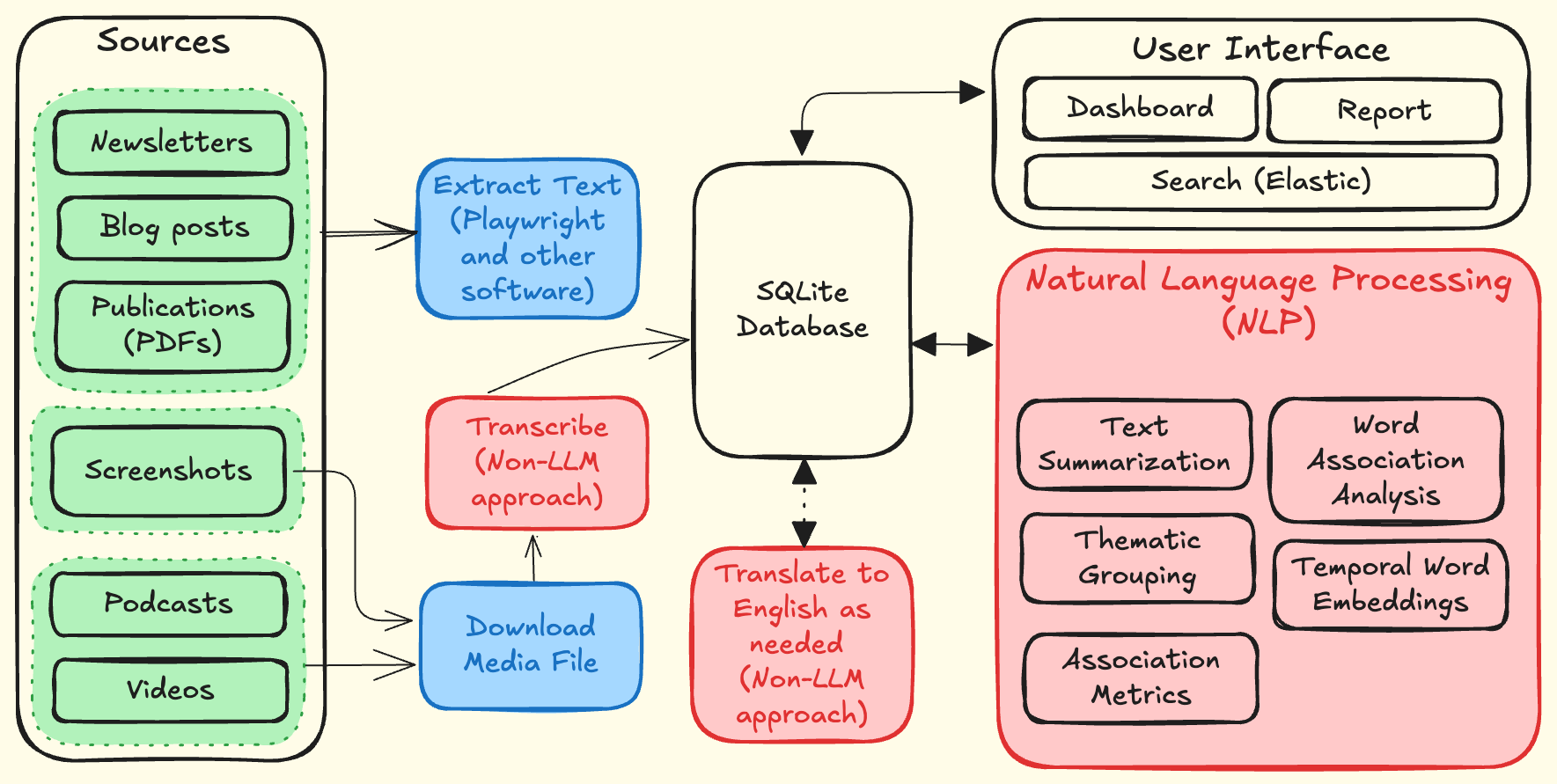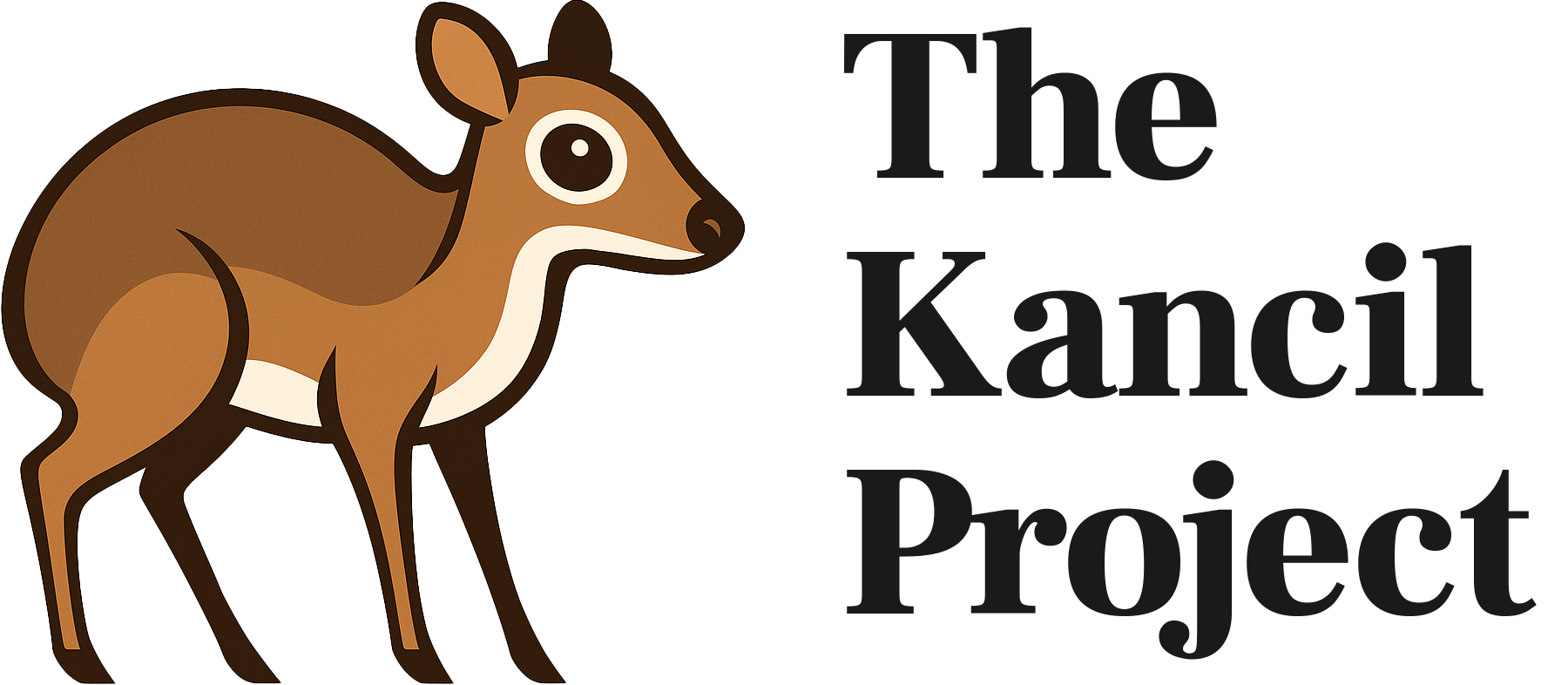Lumaine: Local and Open-Source focused Knowledge Management System

After starting this project in 2023 testing out various free, open-source, self-hosted knowledge management tools like Paperless a clearer picture emerged of what a could be helpful for a researcher, while keeping the ethos of Kancil: open-source and self-hosted.
It's called Lumaine. This is the flagship project of Kancil. Lumaine seeks a low-cost, local-first approach to running a knowledge management system, with a focus on highlighting expert-generated knowledge. In short, it helps keep track of key industry experts and thinkers without drowning in substack newsletter and podcast episodes. For you old folks, imagine Lumaine as a post-RSS response to Google Reader.
This project is still under development though the major pieces are nearly there. As of today, this very much an early alpha tool, but one that's already being actively used.
Purpose
An open-source first, locally hosted knowledge management system that collects and analyzes publicly shared material from select from experts, using open-source technologies including natural language processing and locally-hosted LLM (AI chatbots)

Objectives
- Collect and extract public information from selected experts and sources, e.g. podcast episodes, videos, whitepapers, toolkits, blog posts with translation into English, as needed
- Automate basic analysis: summarization and keywords, shifts in keywords and associated words over time, automated identification of theme and taxonomies, identify associated authors/experts/organisations on a given topic (keyword), and more
- Do all the above of low-cost, accessible hardware and software (under EUR 300 in hardware investment, plus basic maintenance costs)
Status and Timeline
This project is an early alpha with expectations for a full version to be rolled out by the end of June. This is not a technically challenging project, but rather time and other resource constraints are the main factor.
Credit: Featured image photo by Markus Wagner on Unsplash
